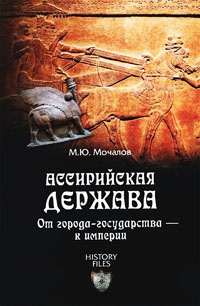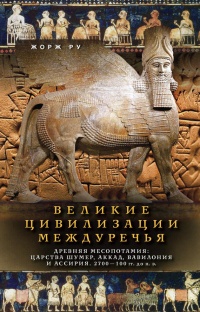Книга Древняя Ассирия - Михаил Мочалов
Читать книгу Древняя Ассирия - Михаил Мочалов полностью.
Шрифт:
-
+
Интервал:
-
+
Закладка:
Сделать
Перейти на страницу:
Перейти на страницу:
Книги схожие с книгой «Древняя Ассирия - Михаил Мочалов» от автора - Михаил Мочалов:
Комментарии и отзывы (0) к книге "Древняя Ассирия - Михаил Мочалов"








